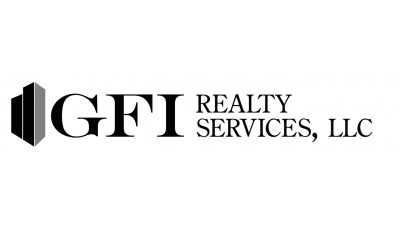Slow And Steady South Bronx Climb Signals Unprecedented Industry Buzz

The South Bronx, specifically the micro-neighborhoods of Mott Haven and Port Morris, doesn't have a long history of investment real estate demand and industry buzz surrounding it.
But if there is one certainty we’ve seen in Manhattan, Brooklyn and Queens, it’s that neighborhoods change.
The two neighborhoods in question are one or two subway stops outside of Manhattan. This positions the waterfront sectors as prime candidates to strongly benefit from the borough’s rise.
The South Bronx is still in the dawn of its revival, with the wave of new construction just getting started, and while prices are merely at a simmer today, it looks like the market soon will begin to boil.
As a whole, the Bronx is enjoying a 54% spike in new residential construction in 2016 compared to last year and a large slice of that rise is in the South Bronx.
Harbor Group International and York Equities just closed on a 38-building, multifamily portfolio—“the Bronx 1000”—for $140M, the largest investment sale in the borough since 2013.
The package includes buildings in South Bronx neighborhoods such as Lower Concourse, Mott Haven, Port Morris and Hunt’s Point.
Brooklyn investor Joel Gluck raised industry eyebrows by laying out $67M for an eight-building multifamily complex in the Soundview section of the South Bronx.
Chestnut Holdings recently closed on the $46.6M sale of a 10-building portfolio, previously owned by Prana Investments, with buildings spread from the South Bronx up into Fordham Manor.
The multifamily market in the South Bronx is only going to continue to appreciate. Prices will continue to rise, and subsequently, so will rents.
With construction underway on new, market-rate projects, developers plan to price their units above the approximate median rent of $1,750 currently seen in Mott Haven.
Although the pricing structure of these residences may be higher than others in the area, developers are bringing an entirely new paradigm of development to the neighborhood.
When you look at similar product in the pricier parts of Manhattan, Brooklyn and Queens, it’s easy to see why residents that have been priced out of established neighborhoods are looking toward the South Bronx for a solution.
But change doesn’t happen overnight. Prices may rise—and perhaps the ground floor is out of play—but the second and third are still open.
Compared to other areas immediately in the shadow of Manhattan, the South Bronx still offers a value play.

